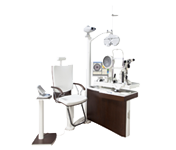 Workstations / Ophthalmic tables
Workstations / Ophthalmic tables 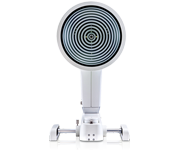 Topography
Topography 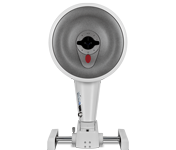 Tomography
Tomography 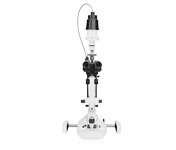 Slit Lamp / Documentation
Slit Lamp / Documentation 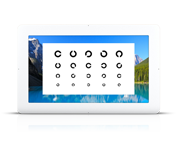 Refraction Equipment
Refraction Equipment 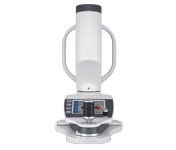 Myopia Management
Myopia Management 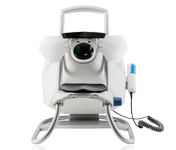 Perimetry
Perimetry 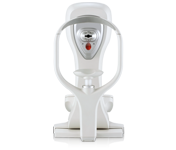 Tonometer
Tonometer  Visual Test Equipment
Visual Test Equipment 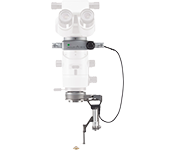 Vitreoretinal Surgery
Vitreoretinal Surgery 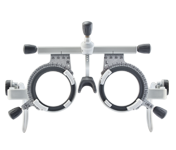 Refraction
Refraction 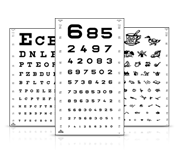 Vision Test Types
Vision Test Types  Stereo Tests
Stereo Tests  Eye Test Units
Eye Test Units 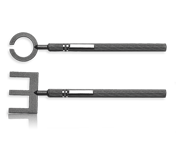 Orthoptics / Pleoptics
Orthoptics / Pleoptics  Other Products
Other Products 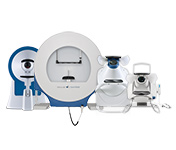 Perimetry
Perimetry 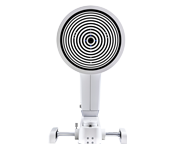 Dry Eye
Dry Eye 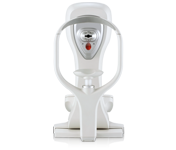 Corneal Biomechanics
Corneal Biomechanics 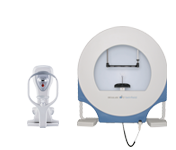 Glaucoma
Glaucoma Jessica Vos (left, NASA) floats to the ceiling and Roman Kowalchuk (right, Duke University) poses after taking measurements of corneal deformation characteristics in microgravity. Photo: NASA
Roman Kowalchuk (Duke University) uses Tonometer OCULUS Corvis® ST to take corneal deformation measurements during a microgravity session. Photo: NASA
NASA made successful use of the Corvis® ST high-speed Scheimpflug camera during two parabolic flights on 5th and 6th June in Houston, Texas, USA. The OCULUS device examined the effect of microgravity on intraocular pressure and the biomechanics of the eyeball. This NASA-funded project constitutes a first step towards exploring reasons for loss of visual acuity in outer space; understanding what causes this loss is crucial to finding a solution to the problem.
For some time now it is a known fact that persons who spend prolonged periods of time in outer space experience a reduction of visual acuity. This is presumably caused by a redistribution of body fluids in microgravity. NASA researchers hypothesize that this might possibly change intraocular pressure and ultimately also the geometry and tension of the eyeball. Should this be the case, the long-term result would be damage to the visual nerve and loss of vision.
The OCULUS Corvis® ST is an ideal tool for analysing changes in the eye. Using an air puff the Corvis® ST induces corneal vibrations. The vibration behaviour of the cornea is recorded and analysed using a high-speed Scheimpflug camera which makes it possible to infer detailed data on intraoculuar pressure and the biomechanics of the eyeball.

May 2024
04 - 06 May 2024
Paris, France
SFO
22 - 25 May 2024
Rio de Janeiro, Brasil
BRASCRS
June 2024
01 - 04 Jun 2024
Dublin, Ireland
EGS Congress
August 2024
16 - 19 Aug 2024
Vancouver, Canada
WOC
September 2024
06 - 09 Sep 2024
Barcelona, Spain
ESCRS
19 - 22 Sep 2024
Barcelona, Spain
Euretina
October 2024
18 - 21 Oct 2024
Chicago, USA
American Academy of Ophthalmology (AAO)
November 2024
22 - 24 Nov 2024
Singapore
17th APVRS Congress
February 2025
08 - 10 Feb 2025
Milano, Italy
MIDO
April 2025
03 - 06 Apr 2025
New Dehli, India
APAO
May 2025
30 May - 02 Jun 2025
Bogotá, Colombia
PAAO
June 2025
07 - 09 Jun 2025
Lisbon, Portugal
SOE
25 - 28 Jun 2025
Honolulu, Hawaii, USA
WGC

Product Categories